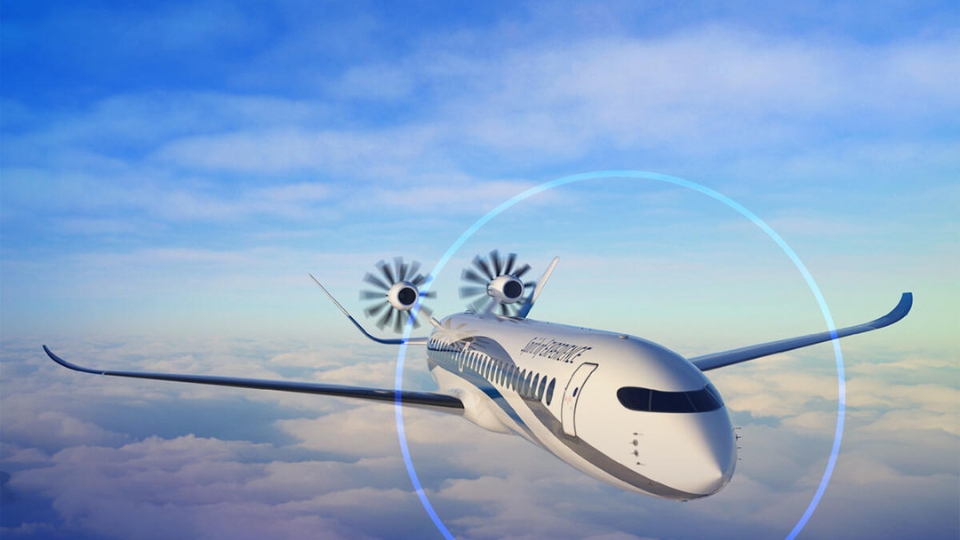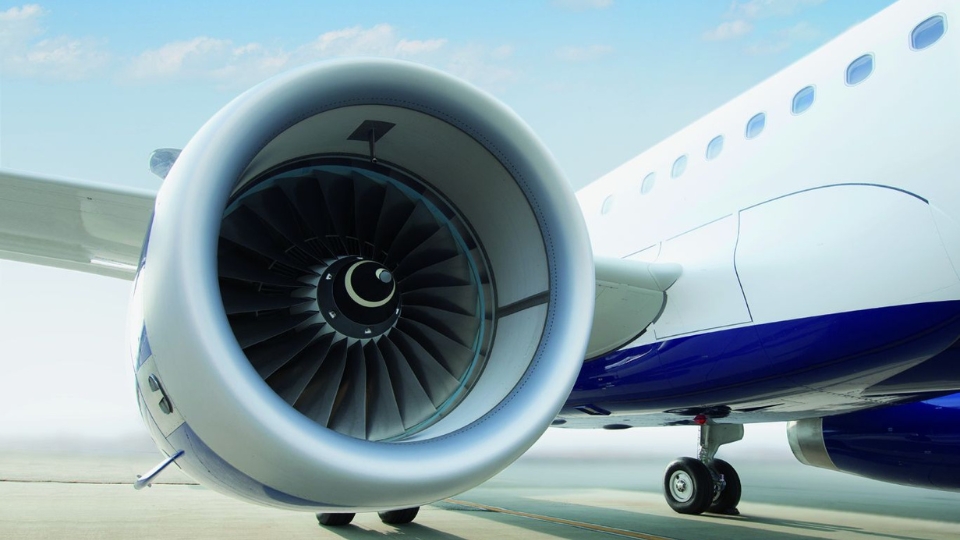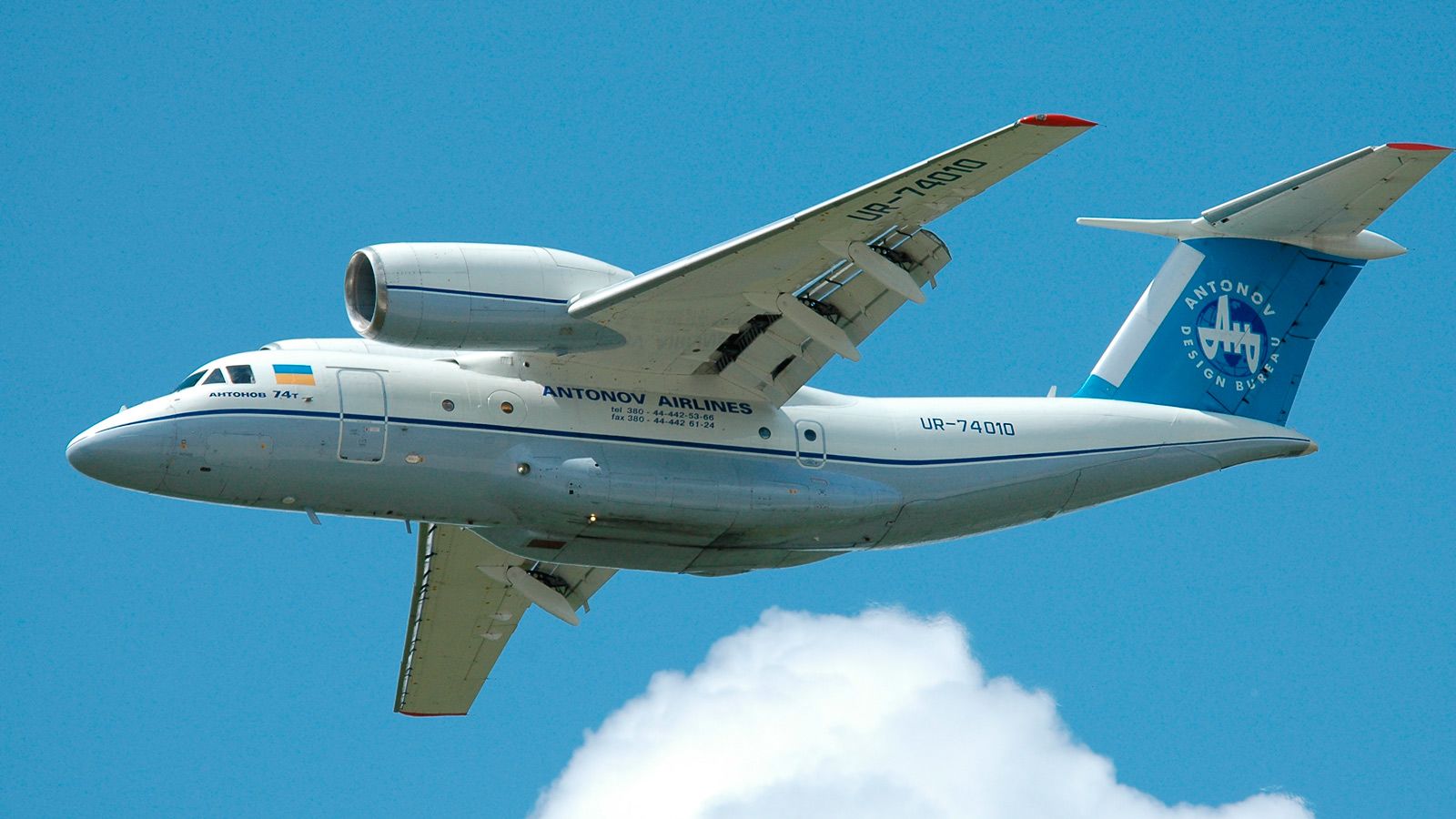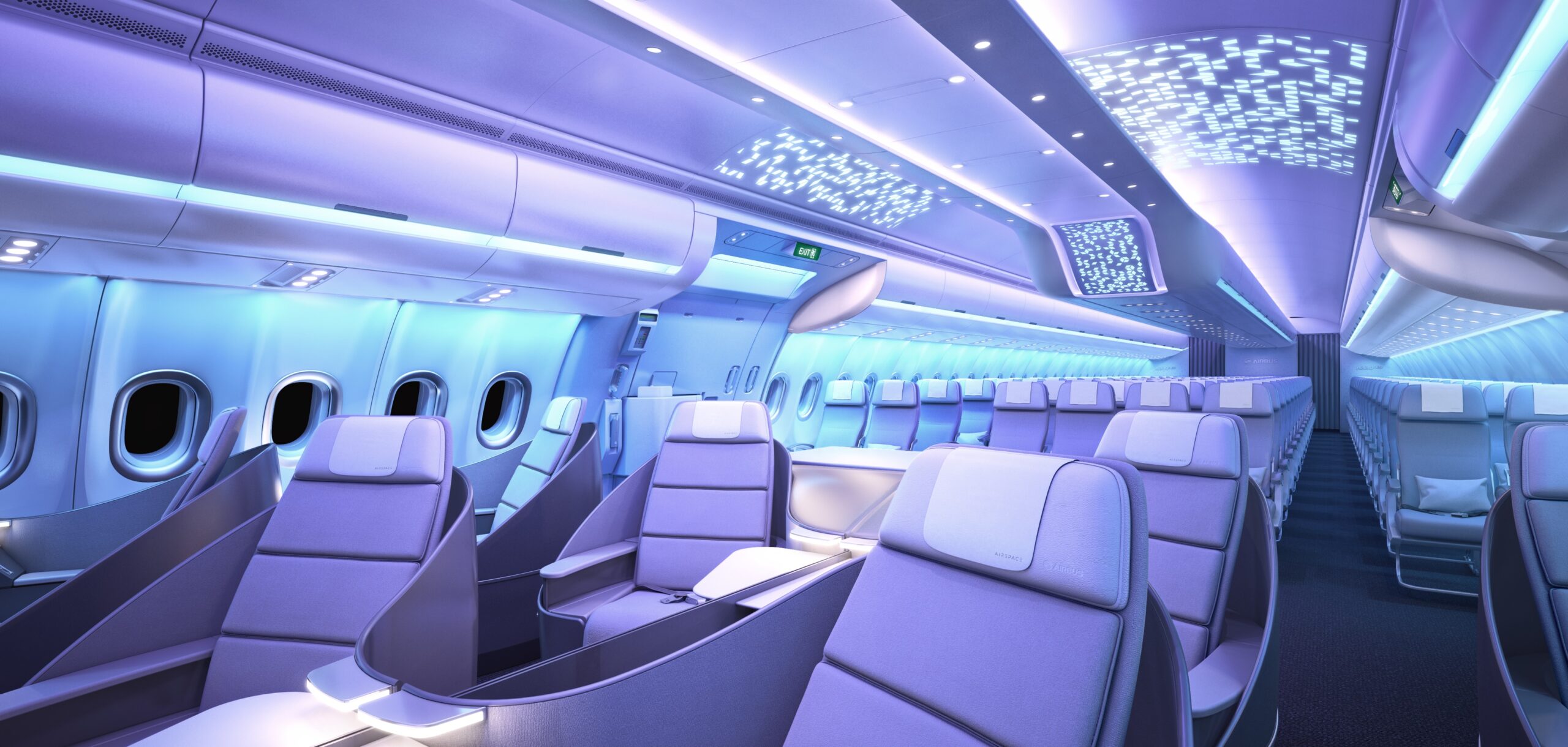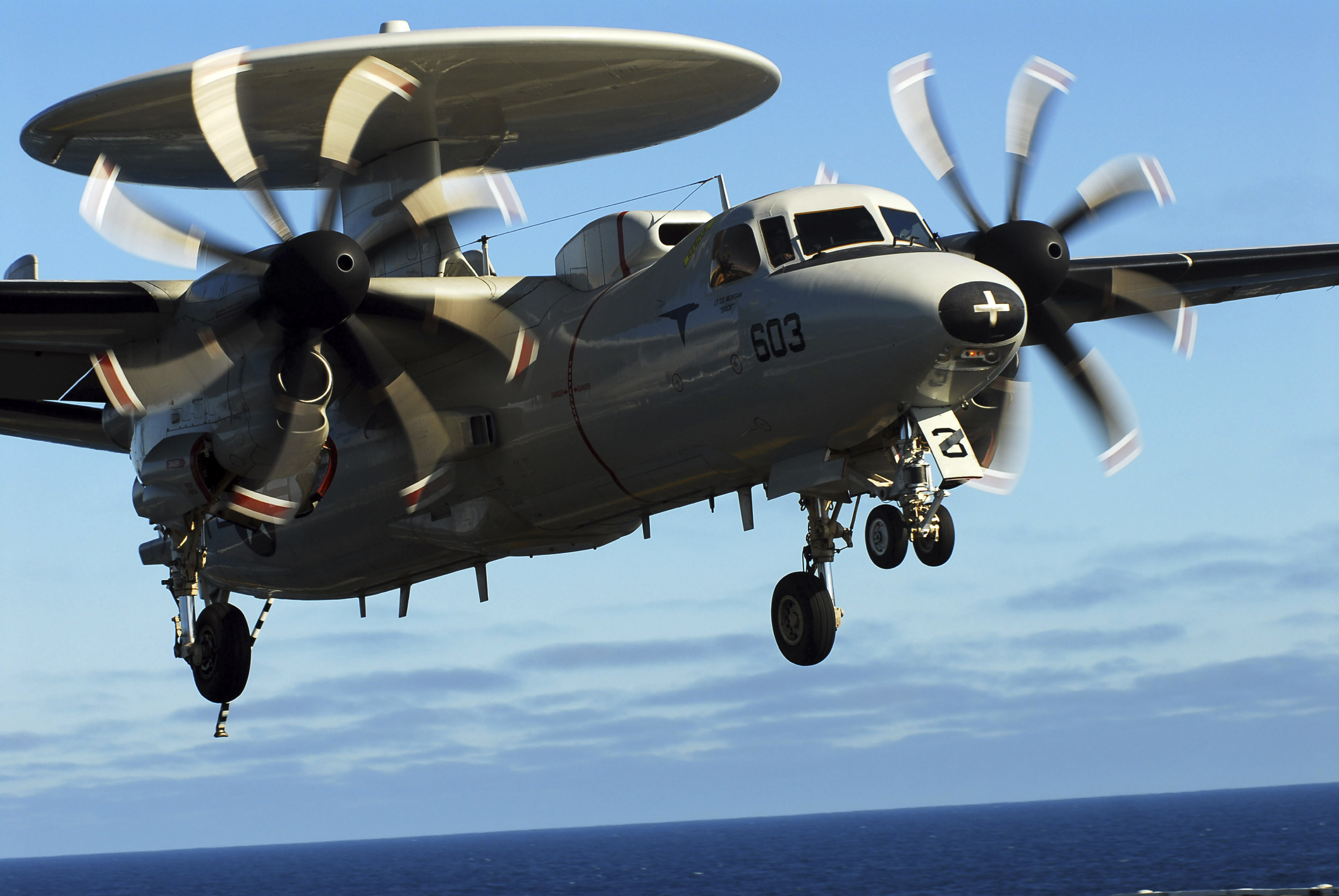The aviation industry is entering a new era with electric and hybrid aircraft transforming the way people and goods travel. Traditional jet engines rely on fossil fuels, contributing to emissions and high operational costs. In contrast, electric and hybrid propulsion systems promise cleaner, quieter, and more efficient flights.
Moreover, advancements in battery technology, electric motors, and hybrid systems are accelerating the development of sustainable aircraft that can compete with conventional planes in performance and range.
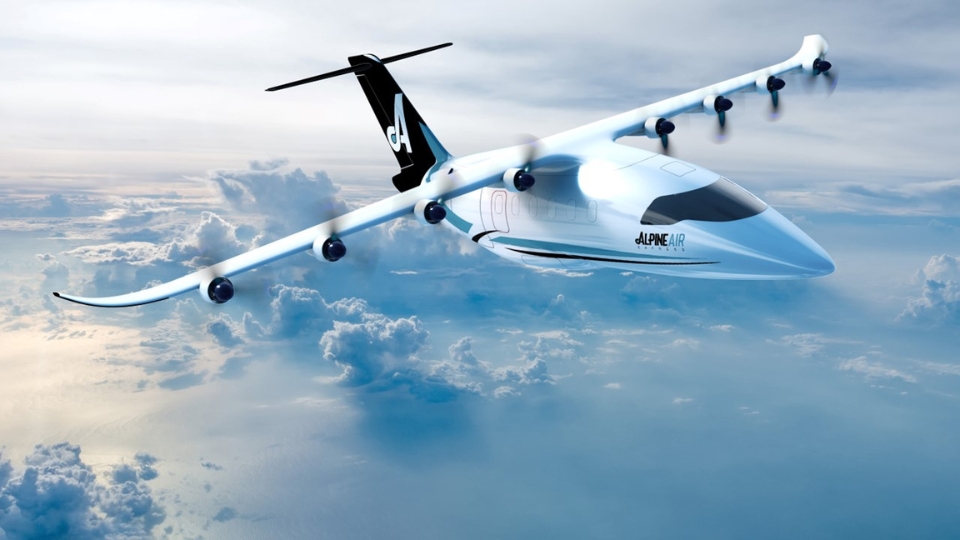
The Future of Electric and Hybrid Aircraft
Understanding Electric and Hybrid Aircraft
Electric aircraft rely entirely on battery-powered electric motors, while hybrid aircraft combine electric motors with conventional engines. Both technologies aim to reduce fuel consumption and emissions while maintaining safety and efficiency.
-
Pure electric aircraft: Powered solely by rechargeable batteries, these aircraft produce zero in-flight emissions.
-
Hybrid-electric aircraft: Combine traditional engines with electric propulsion to optimize efficiency and extend range.
-
Plug-in hybrid systems: Allow partial charging on the ground, reducing fuel usage during takeoff and climb.
Consequently, these designs reduce carbon footprints and pave the way for greener aviation.
Technological Advancements Driving the Industry
Several technological breakthroughs are enabling the development of electric and hybrid aircraft.
-
High-capacity batteries: Lithium-ion and emerging solid-state batteries provide higher energy density, allowing longer flights and improved performance.
-
Lightweight materials: Carbon composites and other advanced materials reduce weight, improving efficiency and extending range.
-
Electric motors: Modern electric motors are compact, powerful, and more efficient than traditional propulsion systems.
-
Energy management systems: Intelligent software optimizes battery use, power distribution, and hybrid engine performance.
As a result, engineers and manufacturers can design aircraft that meet commercial, regional, and urban air mobility requirements.
Benefits of Electric and Hybrid Aviation
Electric and hybrid aircraft offer significant advantages for airlines, passengers, and the environment.
-
Reduced emissions: Electric flights produce zero in-flight emissions, while hybrid systems significantly lower fuel consumption.
-
Lower operating costs: Fewer moving parts and reduced fuel dependency decrease maintenance and operational expenses.
-
Quieter operations: Electric propulsion reduces noise pollution, benefiting urban airports and surrounding communities.
-
Sustainable growth: Cleaner aviation supports industry goals for carbon-neutral operations and regulatory compliance.
Therefore, adopting electric and hybrid aircraft can reshape the future of aviation in multiple ways.
Challenges to Widespread Adoption
Despite progress, several challenges must be addressed before electric and hybrid aircraft become mainstream.
-
Battery limitations: Current energy storage solutions restrict range and payload capacity for large commercial aircraft.
-
Infrastructure requirements: Airports need charging stations, maintenance capabilities, and safety protocols for electric planes.
-
Certification and safety regulations: Regulatory authorities must evaluate and approve new propulsion systems to ensure safety.
-
Initial investment costs: Developing and manufacturing electric aircraft requires significant upfront capital.
Consequently, manufacturers, regulators, and airlines are collaborating to overcome these hurdles and accelerate adoption.
Emerging Applications
Electric and hybrid aircraft are being introduced in several aviation sectors.
-
Urban air mobility (UAM): Electric vertical takeoff and landing (eVTOL) aircraft are ideal for city transport and air taxis.
-
Regional aviation: Short-haul routes benefit from hybrid aircraft with reduced emissions and operating costs.
-
Training and private aviation: Electric planes provide cost-effective and eco-friendly options for pilot training and personal use.
-
Cargo and logistics: Lightweight electric aircraft are being developed for small cargo delivery, especially in urban and remote areas.
As a result, these applications demonstrate the versatility and potential impact of electric and hybrid aviation.
The Road Ahead
The future of electric and hybrid aircraft is promising. Battery innovations, advanced propulsion systems, and sustainable design practices will continue to improve efficiency and range. Manufacturers are investing in research and testing, while governments and industry organizations provide incentives and regulatory support.
Moreover, as public awareness of climate change grows, airlines will adopt electric and mixed-fuel planes to meet sustainability targets and appeal to environmentally conscious travelers.
Conclusion
Electric and hybrid aircraft represent the next frontier in aviation. They offer cleaner, quieter, and more cost-effective solutions while supporting sustainable growth. Although challenges remain, technological advancements and industry collaboration are accelerating progress.
Ultimately, the adoption of electric and hybrid aircraft will redefine air travel, reduce environmental impact, and pave the way for a more sustainable aviation industry worldwide.

